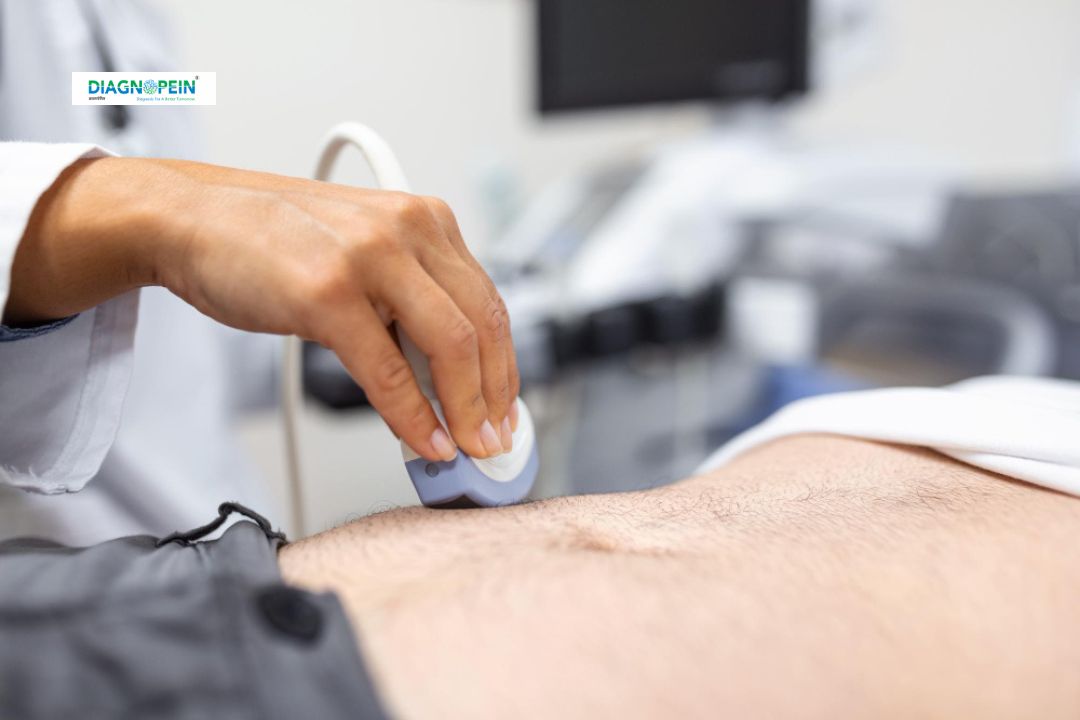Why USG Renal Doppler RT/LT Is Important
The kidneys filter waste and maintain the body’s fluid balance, making proper blood flow essential. Any restriction in blood supply can lead to high blood pressure or kidney disease. USG Renal Doppler RT/LT plays a crucial role in detecting and monitoring these conditions.
This test is particularly important in evaluating:
-
Patients with uncontrolled hypertension
-
Suspected renal artery stenosis
-
Post kidney transplant vascular monitoring
-
Chronic kidney disease (CKD) evaluation
-
Assessment of renal perfusion and vascular resistance
By performing a renal Doppler ultrasound, doctors can visualize both structural and functional issues. Early diagnosis allows for timely management and prevention of permanent renal damage.
Benefits of USG Renal Doppler RT/LT
Undergoing a USG Renal Doppler offers several diagnostic and patient-centered benefits:
-
Non-invasive and radiation-free procedure
-
Real-time visualization of kidney blood vessels
-
Early detection of renal vascular abnormalities
-
Helps in differential diagnosis of renovascular hypertension
-
Useful in post-surgical or post-transplant follow-up
-
Quick, painless, and requires no recovery time
At Diagnopein, our renal Doppler scans provide clinicians with precise insights into renal blood flow dynamics. This helps guide medication plans or recommend further imaging when necessary.
How the USG Renal Doppler RT/LT Test Is Done
During the USG Renal Doppler RT/LT procedure, the patient is positioned on an examination bed while a trained sonographer applies a water-based gel on the abdominal region. Using a Doppler transducer, the radiologist scans both kidneys—right and left—to assess blood flow patterns in renal arteries and veins.
You may be asked to fast for 6–8 hours before the test to reduce bowel gas interference. The procedure typically takes 20–30 minutes and is completely safe for all age groups. Once complete, the radiologist generates a detailed report showing flow velocity, resistive index, and perfusion levels.
Parameters and Interpretation
Common parameters measured in USG Renal Doppler RT/LT include:
-
Peak Systolic Velocity (PSV): Indicates blood flow speed through renal arteries
-
Resistive Index (RI): Reflects kidney vascular resistance
-
End Diastolic Velocity (EDV): Represents blood flow at cardiac relaxation
-
Renal Aortic Ratio (RAR): Assesses the difference between aortic and renal artery flow
Abnormal findings may suggest renal artery stenosis, thrombosis, or vascular obstruction. These parameters help nephrologists tailor precise treatment plans based on vascular performance.








